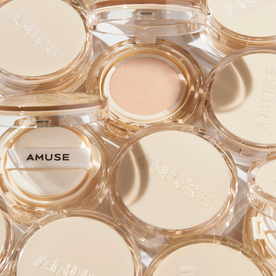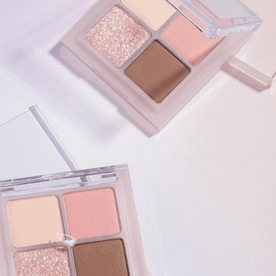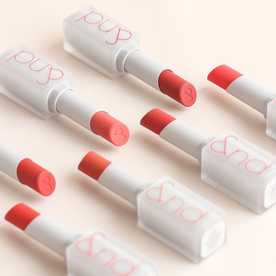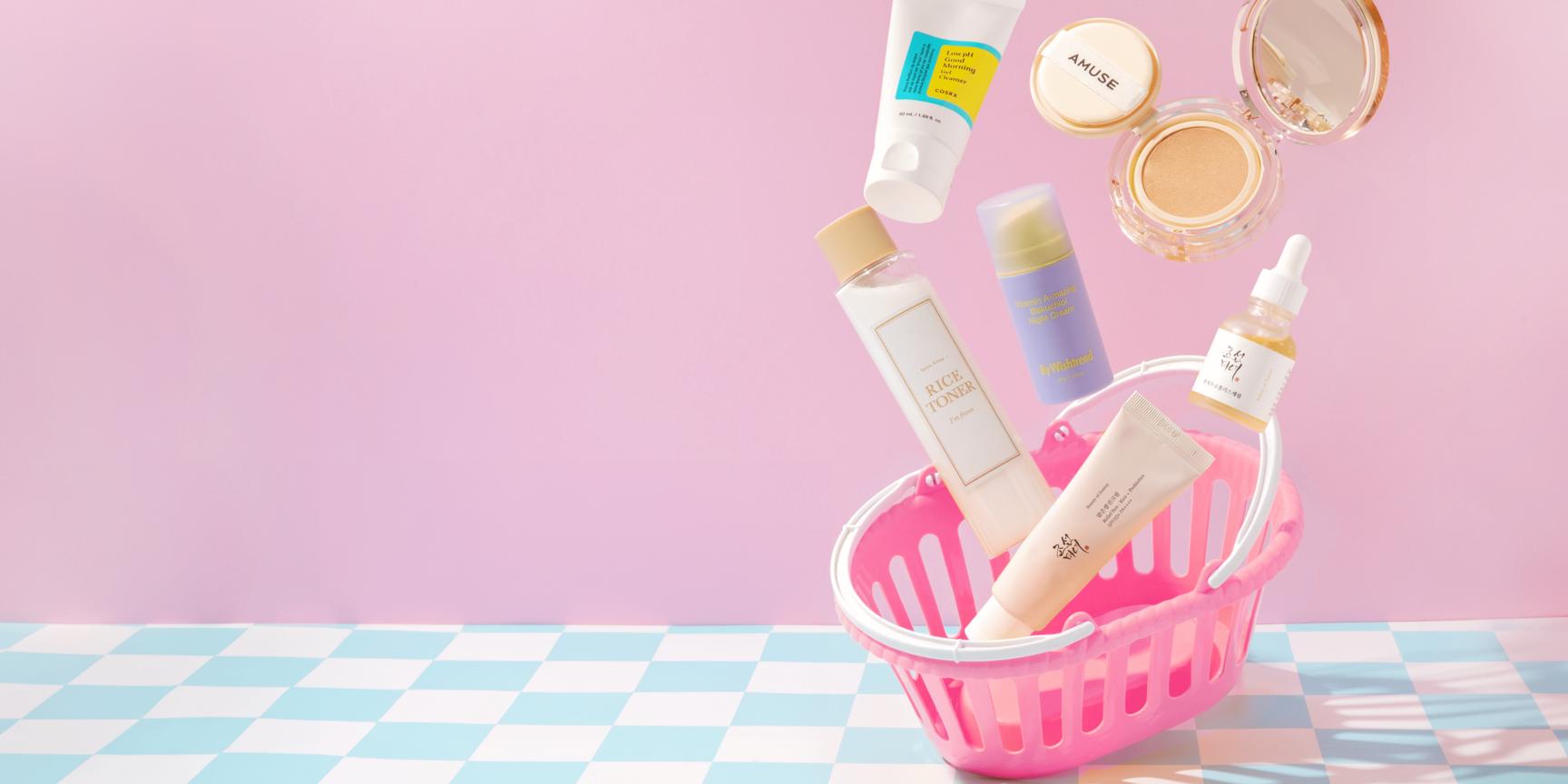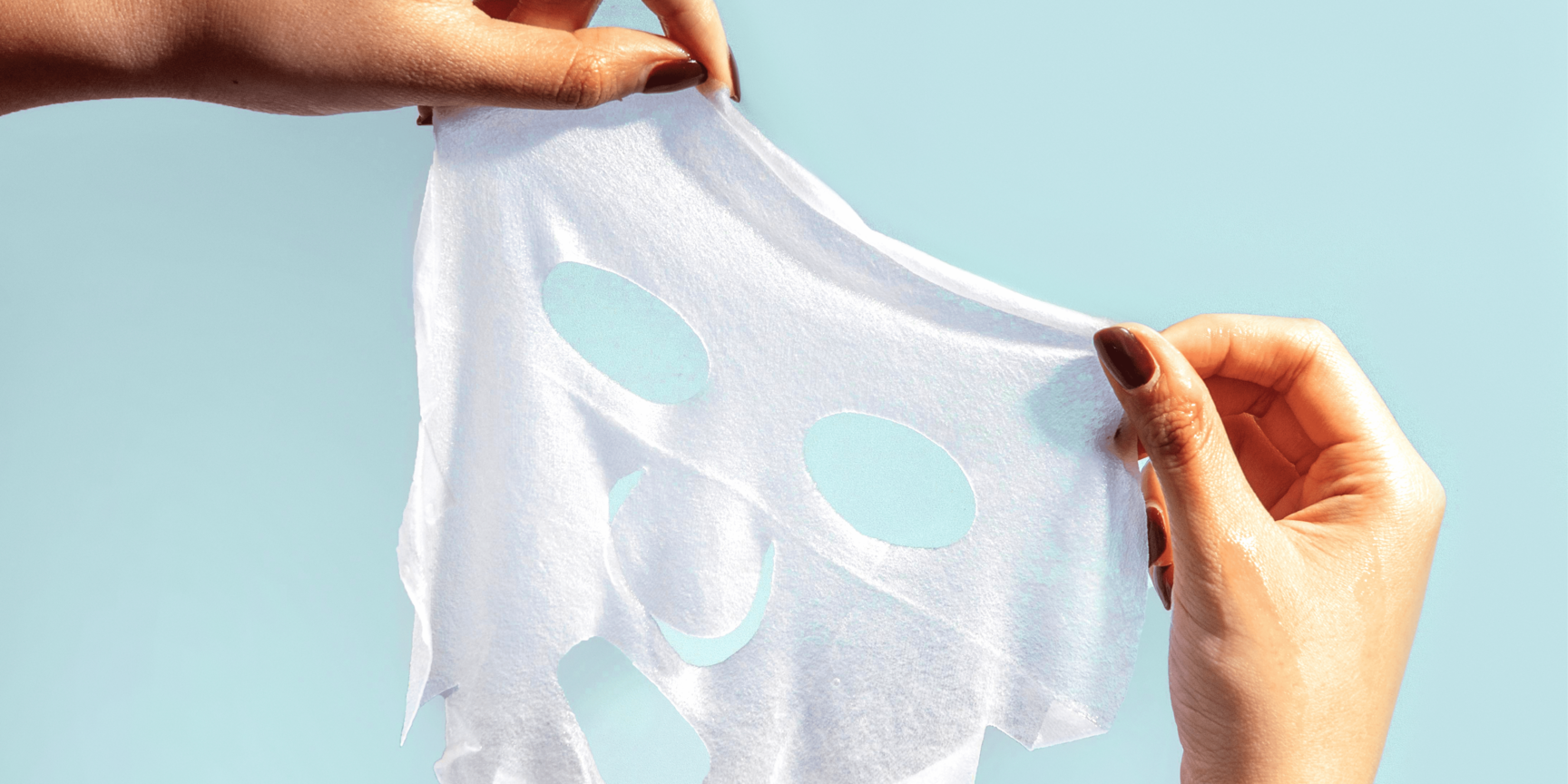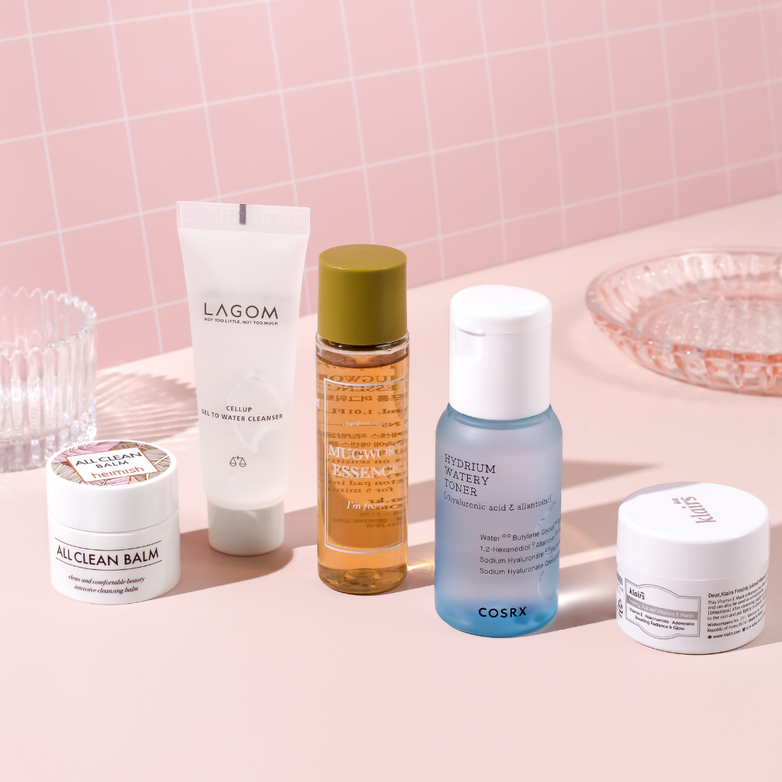5 Mistakes You’re Making with the 10-Step Routine
The “10-step routine”
If you’re at all interested in K-beauty, by now you’ve heard of the “10-step routine”. This is a series of products used in a specific order that make up a skincare routine.
While the routine is a great framework and has served as a starting point to introduce Korean skincare, it doesn’t have to be followed strictly. There are benefits from tweaking the routine so it’s customized for you.
Many people don’t know where to start and end up making some of these mistakes. Here are the most common misconceptions and mistakes made when using the 10-step routine:
1. Introducing all the products at the same time
Beauty hauls are fun and exciting. But using a whole bunch of new and untried products can be a recipe for disaster. For one, there is no way to know what’s working. Something may be giving your skin a glow you’re loving, but you won’t know what if your whole routine is new. Unfortunately, something could also be giving you some serious acne, but again, you won’t know what.
To be fair, there is some experimentation involved in finding products that work. But there’s no point in experimenting if you can’t pinpoint the items you like at the end. Add a product at a time, giving them a minimum of two to three weeks to begin showing some results.
Skin can sometimes react to certain products if they’re introduced at high concentrations, or just because it’s overloaded by a bunch of ingredients it isn’t used to. Give it time to adjust, and add actives slowly and in small amounts.
2. Using all the products at the same time
A good tip is to be aware of the sum of the ingredients in your products. While you may think of your exfoliant as the only step containing acids, it’s possible to have exfoliating ingredients in toners, essences, serums, or even sheet masks. If you aren’t aware of the total amount in all the products you’re using, you may be over-exfoliating.
Context matters! Some products don’t make sense in the environment you’re going to be in. You don’t need sunscreen at night, and a product with retinol is a poor choice for the morning of a beach trip (it makes your skin photosensitive). Reading your packaging for warnings and instructions on usage can help you avoid mistakes.
3. Skipping the patch test
There’s a good chance that in your excitement to start a new product, you’ve skipped the patch test. Going ahead and putting an untested product straight on your face doesn’t always end badly, but when it does, it can be really bad.
Patch testing doesn’t have to be hard. It’s as simple as putting a bit of the product somewhere discrete (a lot of people use their inner arm) and waiting 24 hours to see if there’s a reaction.
4. Using the wrong products
Everyone loves a miracle product, the magical product that works for everyone. Except that there isn’t really a product that works for everyone. Your skin type, skin issues, environment, and genetics mean your skin has specific needs, and your best routine is the one that works for you.
Remember that people are more likely to comment or review products that worked very well or very poorly for them. And buying a product because the reviews are good is only useful if you have some idea about the skin type or skin issues of the other reviewers.
Following a blogger or reviewer who has similar skin to you can be helpful. Filtering products based on your skin condition keeps you from wasting precious time and money. Having some basic knowledge about what ingredients work for you (or cause irritation) goes a long way into choosing products for your routine.
5. Using the wrong number of steps
Even though the Korean skincare routine is popularly known as the “10-step routine”, your routine doesn’t have to be 10 steps. Think of them as a list of possible steps you could have, but don’t have to use every day, and probably shouldn’t.Besides cleansing, moisturizing, and sunscreen, a lot of the steps can be used as needed. Exfoliants shouldn’t be used more than a few times a week. Toners and essences can be used to balance skin or add hydration, but only if you feel you need it. Serums are generally considered “treatments”, for specific skin issues. Sheet masks are great skin boosters but aren’t always essential.
Be intentional with your products. Everything in your skincare lineup should have a purpose that makes sense for your skin at the moment. Some may be preventative, some may be to protect, some may be to repair damage, but they should all be present for a reason.









































